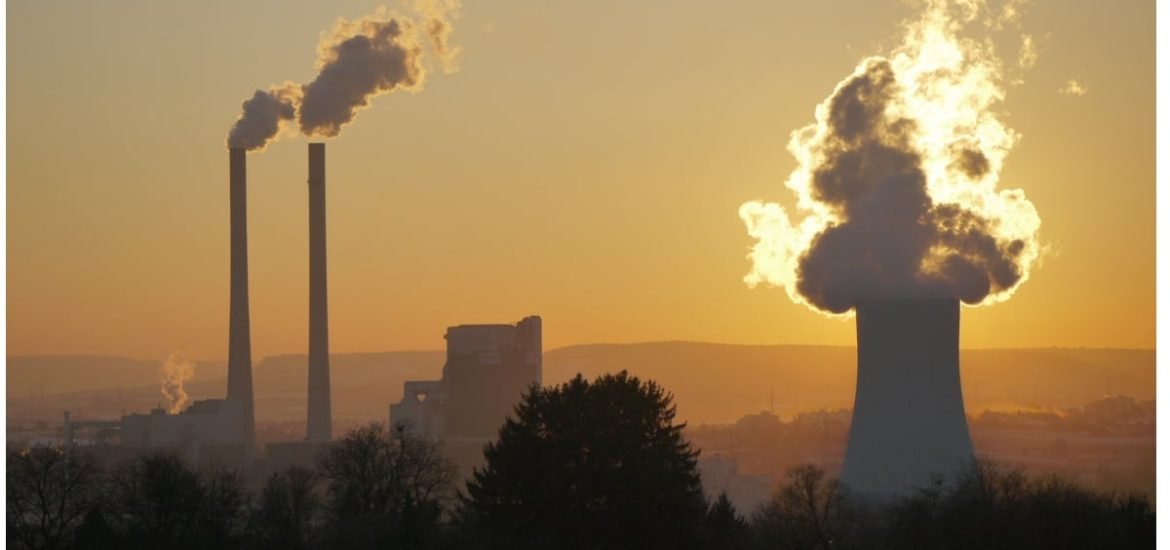
The latest Intergovernmental Panel on Climate Change (IPCC) report released on 8 October paints a truly bleak picture of the detrimental impacts that could result from allowing the global mean surface temperature to increase by 2 degrees Celcius compared to pre-industrial levels. The report concluded that the world has only 12 years to make major changes in order to avoid catastrophic climate change. According to the summary, to limit global warming to 1.5 degrees Celcius above pre-industrial levels― notably tighter than the target of 2 degrees Celcius cited in the Paris Agreement of 2015 ― carbon emissions would have to be reduced by at least 49% of 2017 levels by 2030 and carbon neutrality achieved by 2050.
Based on the findings, the IPCC has warned policymakers worldwide that if drastic action is not taken immediately, millions of lives will be at stake. The comprehensive report based on thousands of scientific studies compiled by 91 authors with 42,000 expert comments and clearly highlights the unavoidable impacts of global warming such as extreme weather, rising sea levels, and ocean acidification, as well as adverse effects on wildlife, crops, water availability, and human health. However, strangely, the report failed to mention several of the biggest risk factors.
Some climate researchers have criticised the report, arguing that it is a relatively modest assessment that does not go far enough, according to the Guardian. In particular, they suggest report omits the “known unknowns” ― unforeseen tipping points beyond which impacts become unstoppable, irreversible or accelerate, such as heat trapped by water vapour in the atmosphere, permafrost melting, and the major migration of tropical clouds into the polar regions ― which could have drastic effects in the future. As the Guardian also highlights, climate change is often included in national security assessments as a “threat multiplier” owing to an increased potential for migration and population displacement, leading to the possibility of war, another critical factor not mentioned in the report.
Furthermore, there are seemingly flaws in the economic assessment put forward. The authors suggest that to keep global temperatures within the 1.5-degrees-Celcius target, carbon prices would need to be three to four times higher than for the 2-degrees-Celcius target. However, another study slated for publication on 17 October in the Annual Review of Environment and Resources came to contradictory conclusions. The work of Simon Dietz and colleagues, well-respected climate economics and policy experts in the UK, examined the total investments required and concluded that they would only need to be 50% higher over the course of the century to limit warming to 1.5 degrees Celcius instead of 2 degrees Celcius (1).
The IPCC report avoided questions of feasibility but focused instead on steps that governments, businesses, and individuals would need to take to meet the 1.5 °C goal, including ramping up the installation of renewable energy systems, expanding forests as carbon sinks, and extracting massive amounts of carbon from the atmosphere.
Although purportedly conservative, the report clearly highlights the threat of climate change and the impact it may have on the health and livelihood of the global population. It is hoped the latest report will urge world leaders ― including Donald Trump who openly opposed the Paris agreement ― to take more action on climate change.
However, so far, despite the dire findings, the Australian government has already expressed disregard. Michael McCormack, the Australian deputy prime minister, has stated that Australia should “absolutely” continue to exploit its coal reserves and the country would not change its policies “just because somebody might suggest that some sort of report is the way we need to follow and everything that we should do.”
Nonetheless, based on the report, any reasonable policymaker will come to the conclusions that the goal of keeping global warming to 1.5 degrees Celcius is both economically feasible and absolutely necessary to avoid severe and damaging consequences.
(1) Dietz S. et al. The Economics of 1.5°C Climate Change. Annual Review of Environment and Resources (2018). DOI: 10.1146/annurev-environ-102017-025817